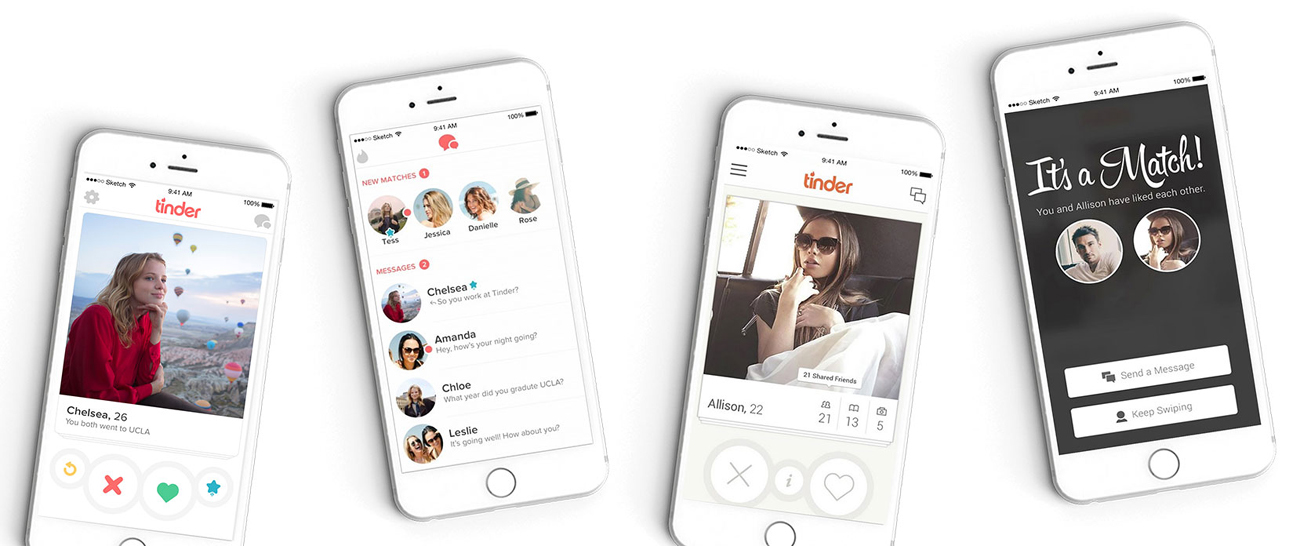

“That’s great advertising for us, and that lets us actually afford a price point at $7 a month. “We want to be the type of service that people will talk about and tell their friends about,” said McLeod. Of course, users who just met someone special on the app are more likely to hang around and continue that conversation. In fact, lots of folks on Tinder are actually in a relationship. The unspoken hope is that everyone can enjoy judging the hotness of others, whether or not they’re seeking a relationship. “With the new structure, it’s about half of that on both sides, so people are being way more selective.”īut this begs the most important question in the dating industry as a whole: If Hinge is successful with its new paywall and UI, and all of its users can successfully find relationship, how does it keep its paying customers?Īfter all, there is a reason that Tinder feels like a game as much as it does a dating app. “We saw that men used to swipe right about 60 percent of the time, and that women were swiping right around 30 percent of the time,” said McLeod. After all, part of the problem with dating apps is that users have the ability to ‘flirt’ with many parties at a time. However, it’s unclear if $7/month actually changes the intentions of users. This puts it at a far lower price point than other paid dating services like and eHarmony, but more than traditionally freemium apps like Tinder and Bumble. Hinge will cost $7/month for all users starting today.
#Cost of hinge dating app full#
“We’ve seen in testing that full conversations are about five to seven times more likely than they were on the old Hinge or other dating apps since we got rid of double-opt-in and let people interact with each other’s content,” said McLeod.īut that’s just a small part of McLeod’s plan to offer a platform that cultivates real relationship. Hinge, on the other hand, believes that the mutual match protocol tempts people to swipe right on more people than they’d actually like to date, just to see who likes them. As part of this shift, Hinge has also gotten rid of the double-opt-in, or “mutual match.” Almost all of the mobile dating apps out there use the mutual match to connect people, expecting that if two people swipe right on each other than they are more likely to start a conversation. The new app looks much closer to Instagram, where users are interacting with each other’s content instead of swiping yes or no. “81 percent of people on Hinge didn’t find a serious relationship on the app,” reads the website, and “only one in 500 swipes leads to a phone number being exchanged.” These figures come from Hinge’s existing user data and a survey it sent out to 300 users in August 2016. The company launched a website as part of its campaign called The Dating Apocalypse, wherein Hinge cites its own data (from studies of its users) that shows swipes don’t lead to actual relationships. McLeod and his team are firm believers that the swipe does not a true relationship make. “Over time, the category exploded and what we found is that people were, especially because of the way the UI was designed as this sort of swiping game, that people weren’t just using it for dating. “Our original vision was always to create something that people could build a relationship from,” said CEO and founder Justin McLeod.

Hinge is calling this user profile a ‘story’ (super original!) because users can build out their story with more and more content over time (much like Her, the queer dating app for women). In the new Hinge, users will build out their profile with pics, answers to questions, and general information. Hinge has been working on the new version of the app for almost a year, and sent out an email to users a couple of weeks ago notifying them of the transition to a new, paid app.


 0 kommentar(er)
0 kommentar(er)
